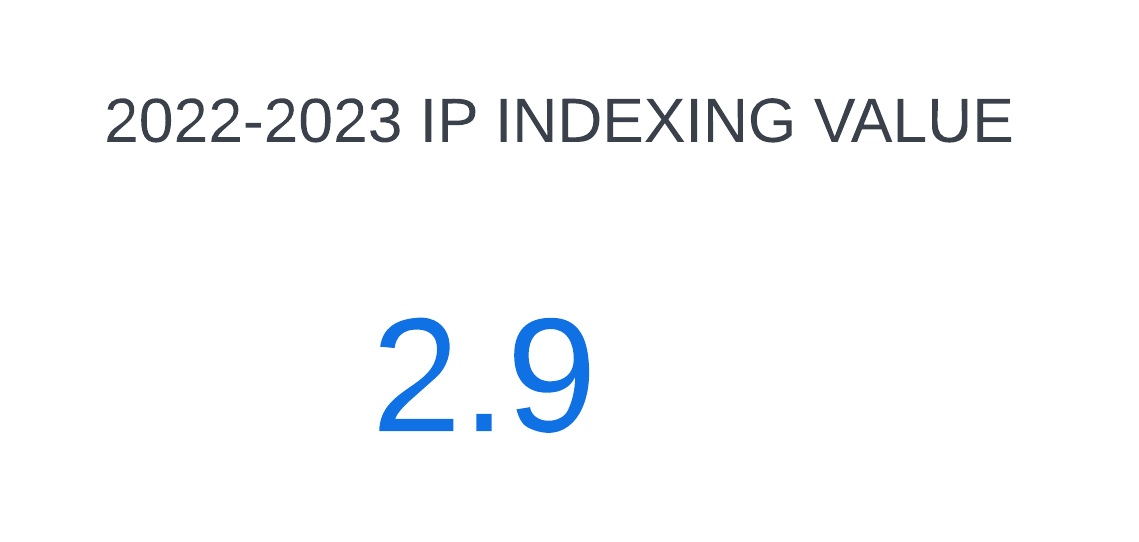IoT Health Science Data Analytics Model for the Prevalence of Anxiety and Depression in Working Professionals
DOI:
https://doi.org/10.69996/jsihs.2024008Keywords:
Data Analytics, Internet of Things (IoT), Healthcare, Re-enforcement Learning, ClassificationAbstract
This paper investigates the impact of data analytics in health science, particularly focusing on the integration of Internet of Things (IoT) technologies for mental health management. Utilizing various IoT data sources—wearable devices, environmental sensors, and healthcare monitors the study highlights their role in real-time monitoring of physiological metrics, environmental conditions, and societal trends. For instance, wearable devices capture heart rate and activity data, facilitating continuous health assessment. Environmental sensors monitor air quality and temperature, critical for assessing environmental impact. Evaluation of machine learning models such as Gradient Boosting, Convolutional Neural Networks (CNNs), Ensemble Learning, and XGBoost demonstrates their effectiveness in classifying health data with high accuracy. Gradient Boosting achieves 92.5% accuracy, with precision and recall both exceeding 92%. CNNs follow closely with 91.8% accuracy and balanced precision and recall metrics. Ensemble Learning and XGBoost also perform strongly, each achieving over 90% accuracy.
References
[1] U. Srilakshmi, J Manikandan, Thanmayee Velagapudi, Gandla Abhinav, Tharun Kumar and Dogiparthy Saideep, “A New Approach to Computationally- Successful Linear and Polynomial Regression Analytics of Large Data in Medicine,” Journal of Computer Allied Intelligence, vol.2, no.2, pp.35-48, 2024.
[2] M.Dehghan-Bonari, M. Alipour-Vaezi, M.M. Nasiri and A. Aghsami, “A diagnostic analytics model for managing post-disaster symptoms of depression and anxiety among students using a novel datadriven optimization approach,” Healthcare Analytics, vol.4, no.100238, 2023.
[3] K.Yuan, Y.B.Zheng, Y. J. Wang, Y.K.Sun, Y. M. Gong et al., “A systematic review and metaanalysis on prevalence of and risk factors associated with depression, anxiety and insomnia in infectious diseases, including COVID-19: a call to action,” Molecular psychiatry, vol.27, no.8, pp.3214-3222, 2022.
[4] T. Bhaskar, M.N. Narsaiah and M. Ravikanth, “Central Medical Centre Healthcare Data Security with Lightweight Blockchain Model in IoT Sensor Environment,” Journal of Sensors, IoT & Health Sciences, vol.1, no.1, pp.15-26, 2023.
[5] Y.Dong, M.Yeo, X.C.Tham, R.Danuaji, T.H.Nguyen et al., “Investigating psychological differences between nurses and other health care workers from the Asia-Pacific region during the early phase of COVID-19: Machine learning approach,” JMIR nursing, vol.5, no.1, pp.e32647, 2022.
[6] Y.Chen, J.Wang, Y.Geng, Z.Fang, L.Zhu et al., “Meta-analysis of the prevalence of anxiety and depression among frontline healthcare workers during the COVID-19 pandemic,” Frontiers in public health, vol.10, pp.984630, 2022.
[7] Y.Zheng, P.K.Tang, G.Lin, J.Liu, H.Hu et al., “Burnout among healthcare providers: Its prevalence and association with anxiety and depression during the COVID-19 pandemic in Macao, China,” PloS one, vol.18, no.3, pp.e0283239, 2023.
[8] A.F.Mohamed, M.Isahak, M.Z. Awg Isa and R. Nordin, “The effectiveness of workplace health promotion program in reducing work-related depression, anxiety and stress among manufacturing workers in Malaysia: mixed-model intervention,” International Archives of Occupational and Environmental Health, vol.95, no.5, pp.1113-1127, 2022.
[9] E.Dragioti, H.Li, G.Tsitsas, K.H.Lee, J.Choi et al., “A large‐ scale meta‐ analytic atlas of mental health problems prevalence during the COVID‐ 19 early pandemic,” Journal of medical virology, vol.94, no.5, pp.1935-1949, 2022.
[10] G.Johns, V.Samuel, L.Freemantle, J.Lewis and L. Waddington, “The global prevalence of depression and anxiety among doctors during the covid-19 pandemic: Systematic review and meta-analysis,” Journal of affective disorders, vol.298, pp.431-441, 2022.
[11] G.Sharma, S.J.Rao, P.S. Douglas, A. Rzeszut, D. Itchhaporia et al., “Prevalence and professional impact of mental health conditions among cardiologists,” Journal of the American College of Cardiology, vol.81, no.6, pp.574-586, 2023.
[12] M.Chutiyami, A.M.Cheong, D.Salihu, U.M.Bello, D.Ndwiga et al., “COVID-19 pandemic and overall mental health of healthcare professionals globally: a meta-review of systematic reviews,” Frontiers in psychiatry, vol.12, pp.804525, 2022.
[13] M.Morales-Montoya, N.Córdova-Limaylla, G.Briceño-Vergel, M.Ladera-Castañeda, G.Garcia-Luna et al., “Psychological impact on dental students and professionals in a Lima population during COVID-19s wave: a study with predictive models,” Scientific Reports, vol.12, no.1, pp.14752, 2022.
[14] S.Alenezi, A.Almadani, M. Al Tuwariqi, F.Alzahrani, M. Alshabri et al., “Burnout, depression, and anxiety levels among healthcare workers serving children with autism spectrum disorder,” Behavioral Sciences, vol.12, no.1, pp.15, 2022.
[15] B. B. D.Assis, C.Azevedo, C. D. C.Moura, P. G.Mendes, L.L.Rocha et al., “Factors associated with stress, anxiety and depression in nursing professionals in the hospital context,” Revista Brasileira de Enfermagem, vol.75, pp.e20210263, 2021.
[16] B. H.Sujal, K.Neelima, C.Deepanjali, P.Bhuvanashree, K. Duraipandian et al., “Mental health analysis of employees using machine learning techniques,” In 2022 14th International Conference onCOMmunication Systems & NETworkS (COMSNETS), pp. 1-6, 2022.
Downloads
Published
Issue
Section
License
Copyright (c) 2024 Journal of Sensors, IoT & Health Sciences (JSIHS,ISSN: 2584-2560)

This work is licensed under a Creative Commons Attribution-NonCommercial 4.0 International License.
Fringe Global Scientific Press publishes all the papers under a Creative Commons Attribution-Non-Commercial 4.0 International (CC BY-NC 4.0) (https://creativecommons.org/licenses/by-nc/4.0/) license. Authors have the liberty to replicate and distribute their work. Authors have the ability to use either the whole or a portion of their piece in compilations or other publications that include their own work. Please see the licensing terms for more information on reusing the work.


